Kuldiha is located in the Balasore district of Odisha, next to West Bengal. It takes around 4 hours to drive from Bhubaneshwar and when Souranil asked if I would wish to join him and his friends on a weekend trip, I said yes! If you have access to the internet, it is safe to assume that you can find out how to reach there… so in this blog post, I would write very briefly about accommodation in the region and paste the photographs I have clicked.
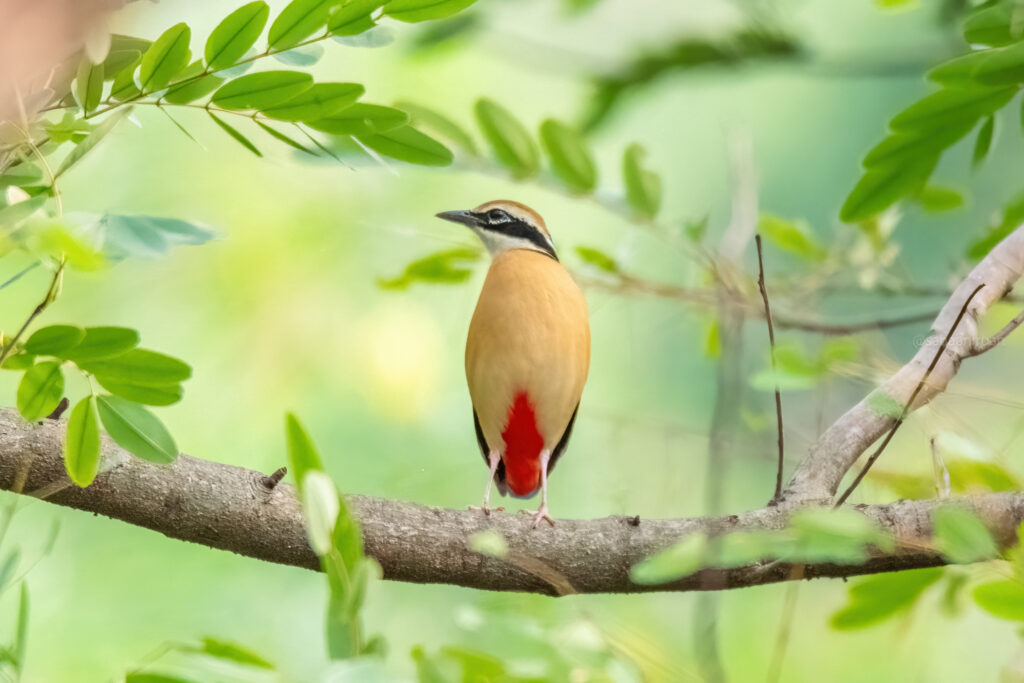
Accommodation in Kuldiha
I would strongly recommend you get in touch with Manoranjan Das. He has a very interesting property here called “Sai Ishwari Hill View Resort”. The place is spacious, has trees, and interestingly, is filled with photographs of birds clicked by Mr. Das himself. The rooms have numbers and a bird name associated with them. Souranil and I put up in the Indian Pitta room. The bathroom is clean and the arrangements are just fine. I could find the sufficient chicken in the chicken pakora so I was the happiest. This is Manoranjan Das’s phone number: +91 9937332552
The resort is in Panchalingeshwar, approximately 30 kilometers away from the sanctuary. Panchalingeshwar can be an exciting birding destination in itself. Located at the eastern ghats, the temple and the setup on the top of the hill offer you the time you need with yourself.
Birdwatching in Kuldiha/Panchalingeshwar.
Apparently, over 150 species of birds can be found here. But most people visit this place for the Malabar Trogon, Blue-eared Kingfisher. Other species that are found include the Indian Pitta, white-rumped Shama, and Crested Serpent Eagle. We were not very disappointed and I see Souranil and his friends very happy!
This is towards the end of April and it’s pretty hot. Carry a sufficient amount of water, ORS packets, and an extra towel. You can use the towel like cows use their tails – to drive flies away!
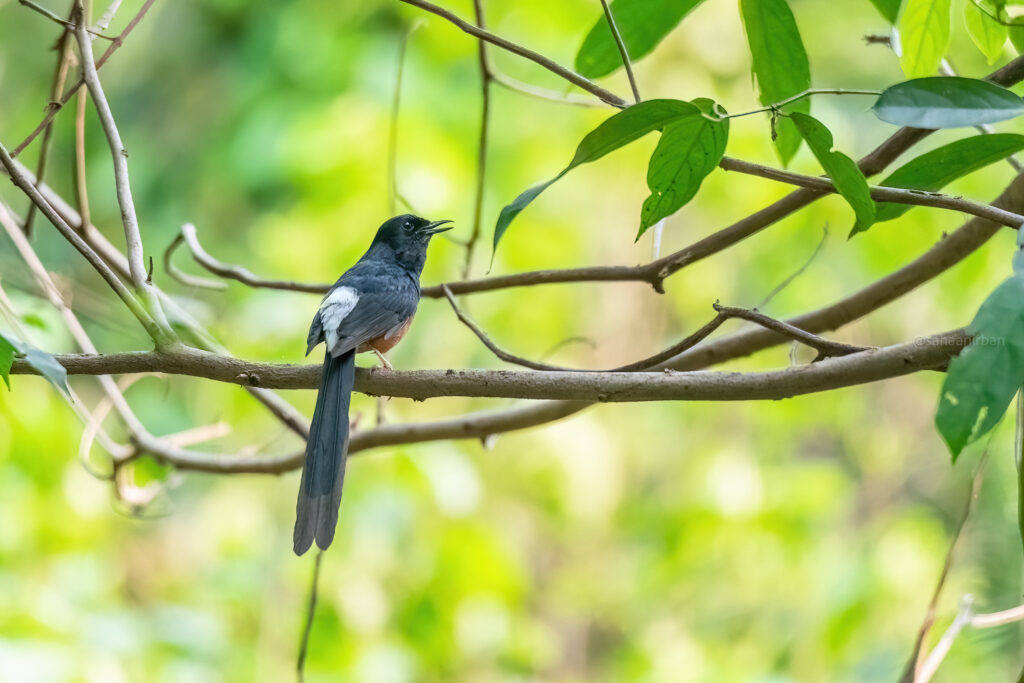
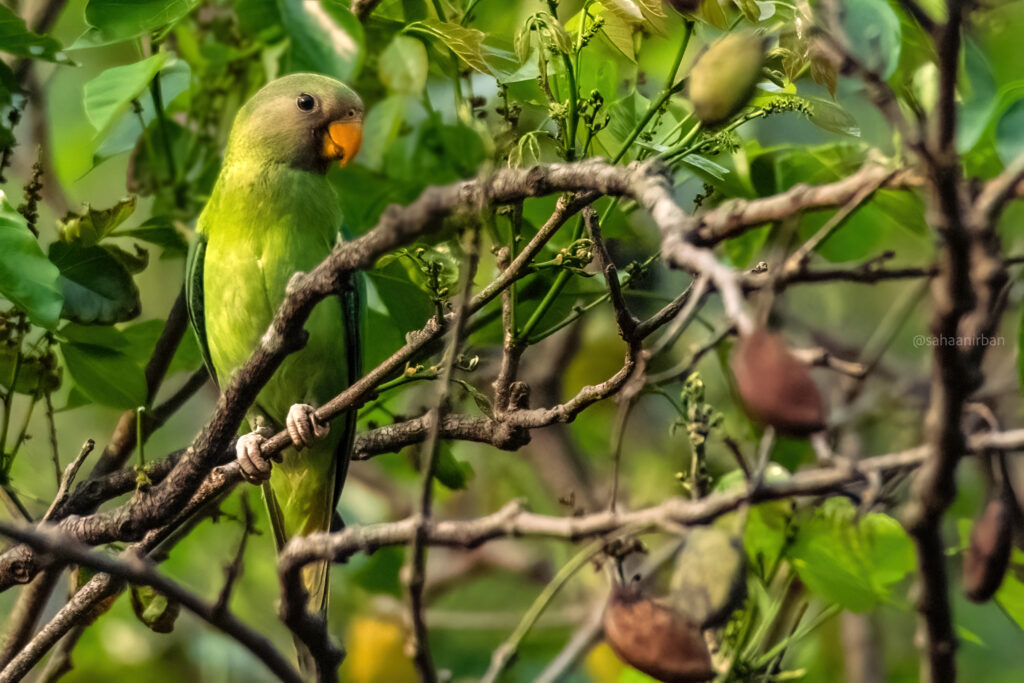
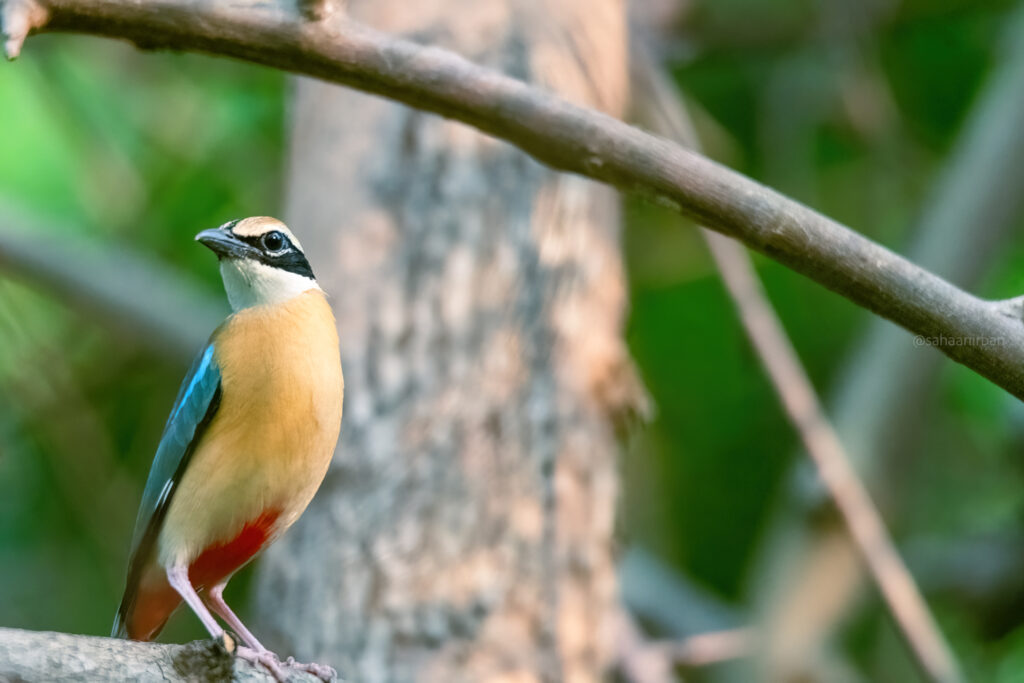
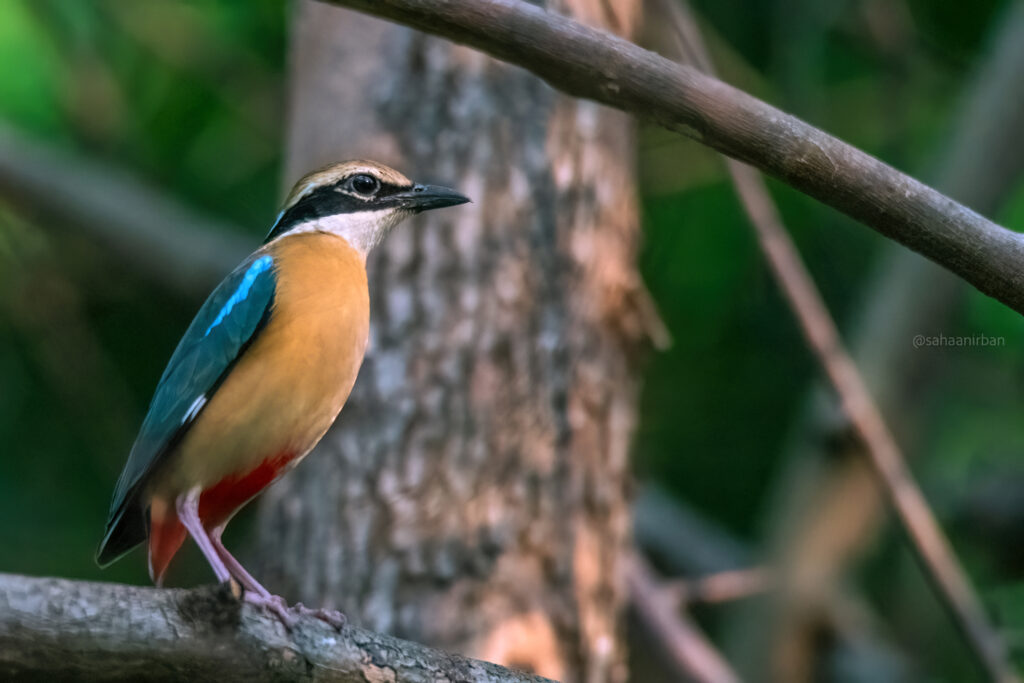
Panchalinghwar: You need to climb up over 250 stairs. If you are lucky, you’ll get a doggy to accompany you. They want pets, not biscuits. Souranil spotted the Pitta first and then the Plum-headed parakeets. He spotted a few other birds, including a woodpecker which he still is very excited about as I write this post; but none of us could photograph it. I took some time out and then just sat down on the top of the mountain behind an abandoned temple. After a quick drizzle, the sun shone brightly; the air was filled with chirps and butterflies. I wish I knew more about butterflies, and I am sure someday I will read about them. During this part of the time, I did not photograph anything. I just sat idle. It was very peaceful. When I went back to where the action was, I realized the lads had spotted a Shama. As soon as I joined them, Samudranil spotted an Indian Pitta nearby.
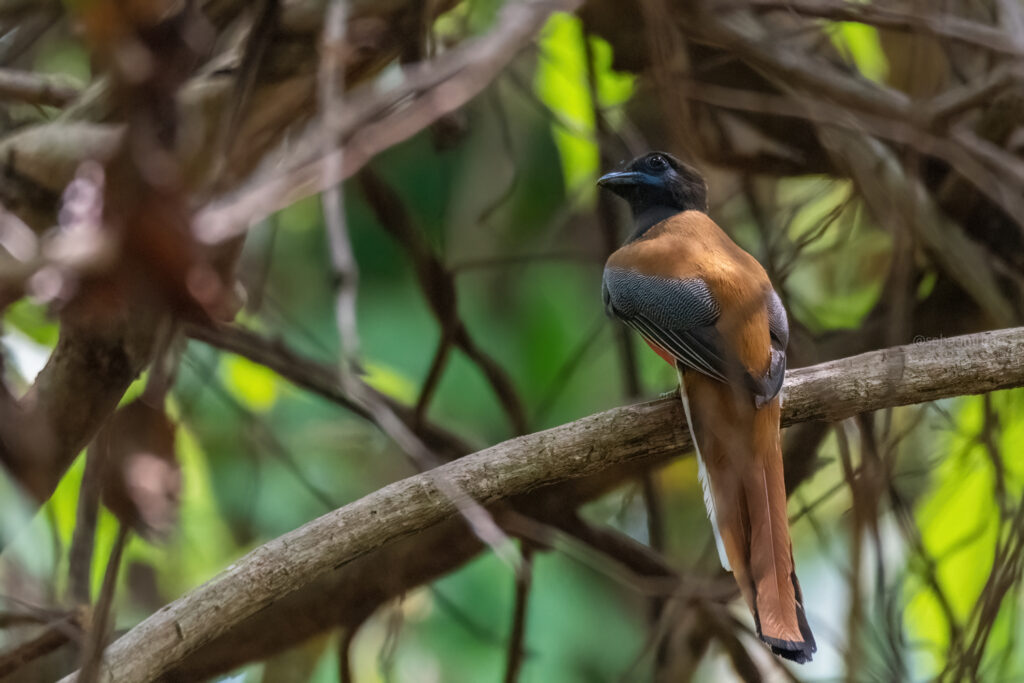
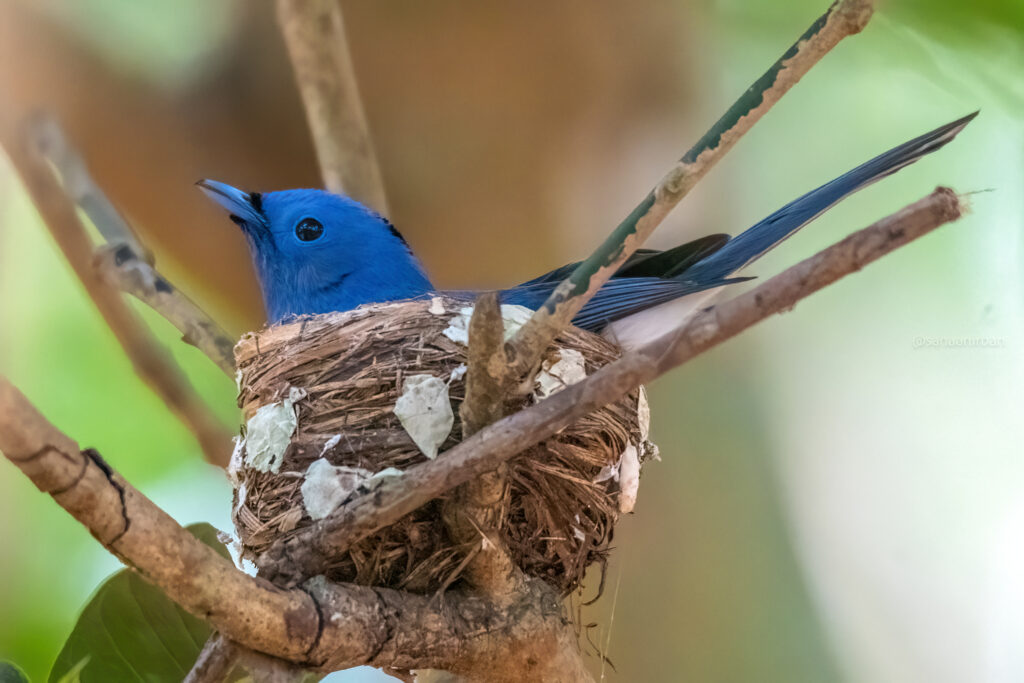
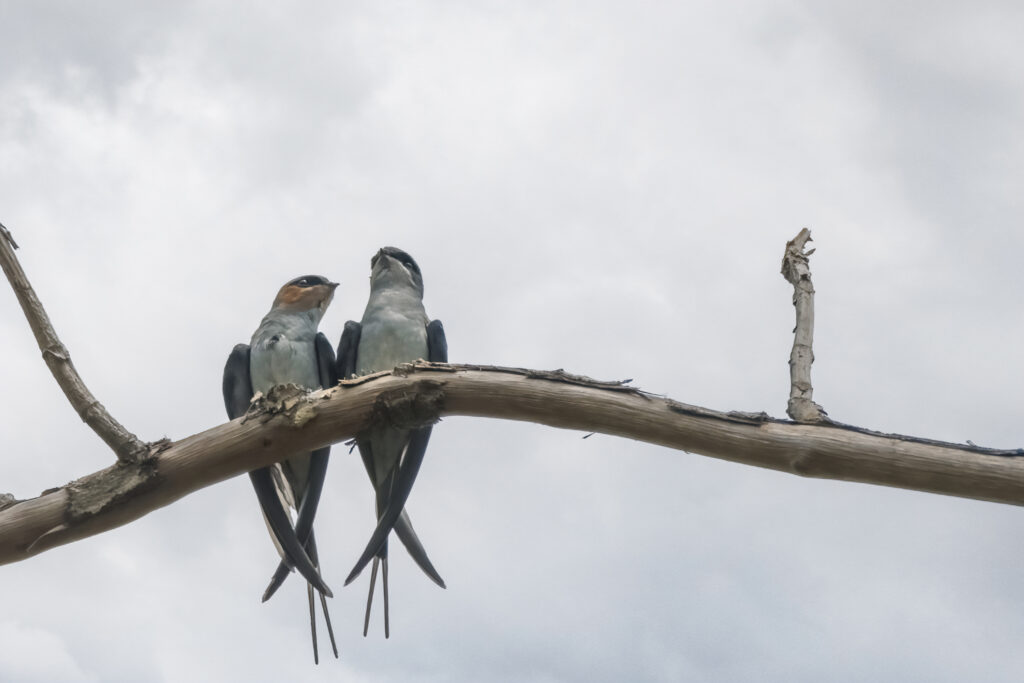
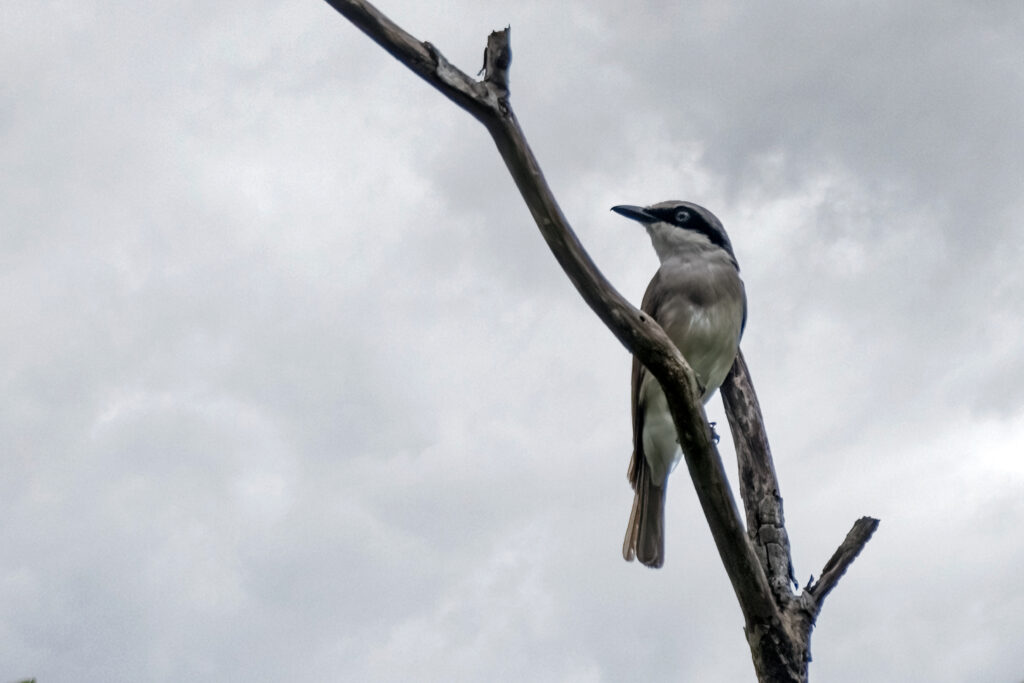
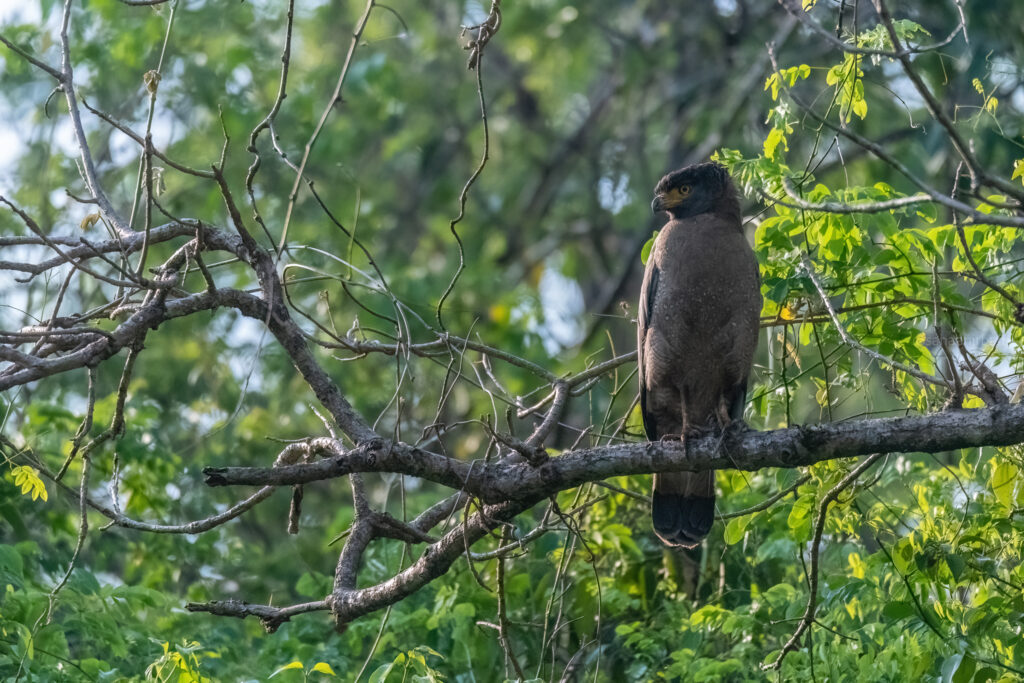
Kuldiha: Once you board the car designated to you, they’ll take you to specific points. From that point, you choose the areas you want to walk and explore. Our guide was Manoranjan’s uncle. He took us to areas and we decided to explore mostly on our own. Samudranil is really good at spotting and Souranil is equally talented at tracking. Rohit studied zoology and can identify poop, of carnivores. Now that I asked him, he says he can identify more than just poop. I mention this because towards the start of the exploration, he informed me that I was standing on Elephants’ poop which they might have dropped a long ago. I did not know what to do with that information except for being grossed out.
A possible virus infection.
While driving we came across a Shikhra (male) standing by the side of the lane. On observing, we realized that he did not fly away as we approached him. The eyelids of the left eye were glued. Soon, the Shikhra closed the inner eye membrane. He wasn’t able to see anything. We realized it is not safe for the bird. Manoranjan’s uncle and Souranil caught the bird, fed him water, and later took him to the forest department officials, where they washed the eyes. The Shikhra opened both eyes but appeared very weak.
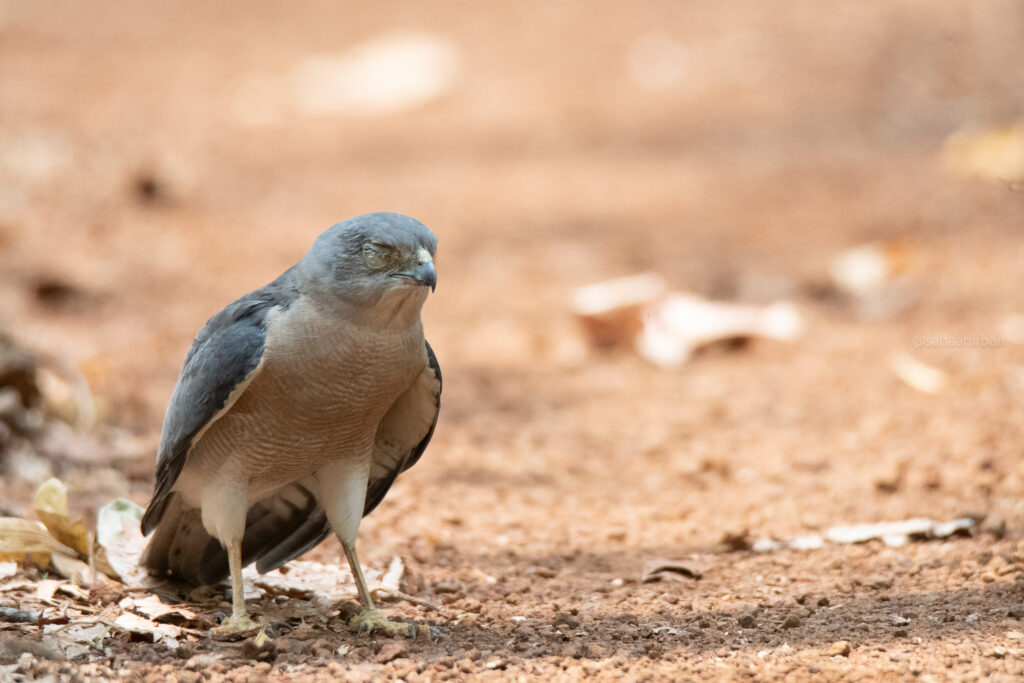
We also noticed a Trogon (male) sitting sluggishly with eyes closed, not bothered by people going really close to him. I have photographs that suggest that at least till then, the eyelids were not glued. The bird was weak and was not able to see much. He took flight and brushed by the side of my pant to sit on a really low branch. When Manoranjan wanted to catch it to give it to the forest department, it flew away. Malabar Trogons do not generally behave this way and we all felt weird.
I later had a quick chat with Dr. Mitali Saha Deb, and she suggested that it might be a viral infection. It wouldn’t affect humans, most probably. I informed Manoranjan to inform the Forest Department Authorities requesting a possible test. Although less likely it might snowball into something that might affect a lot of birds in the region. We know no one from the region, so we need to trust Manoranjan with this.
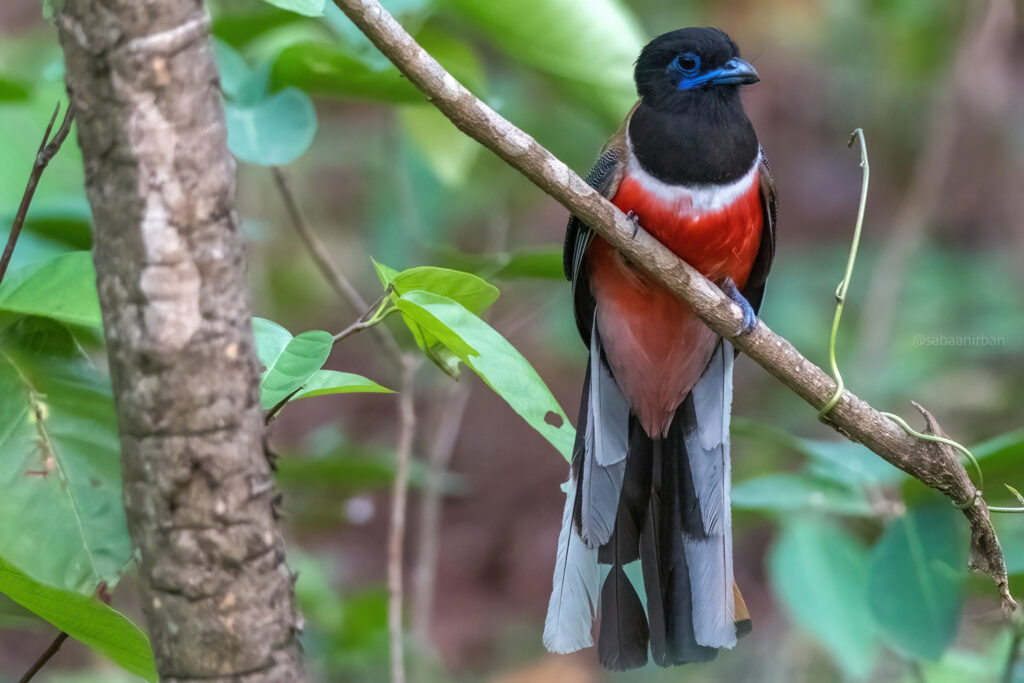
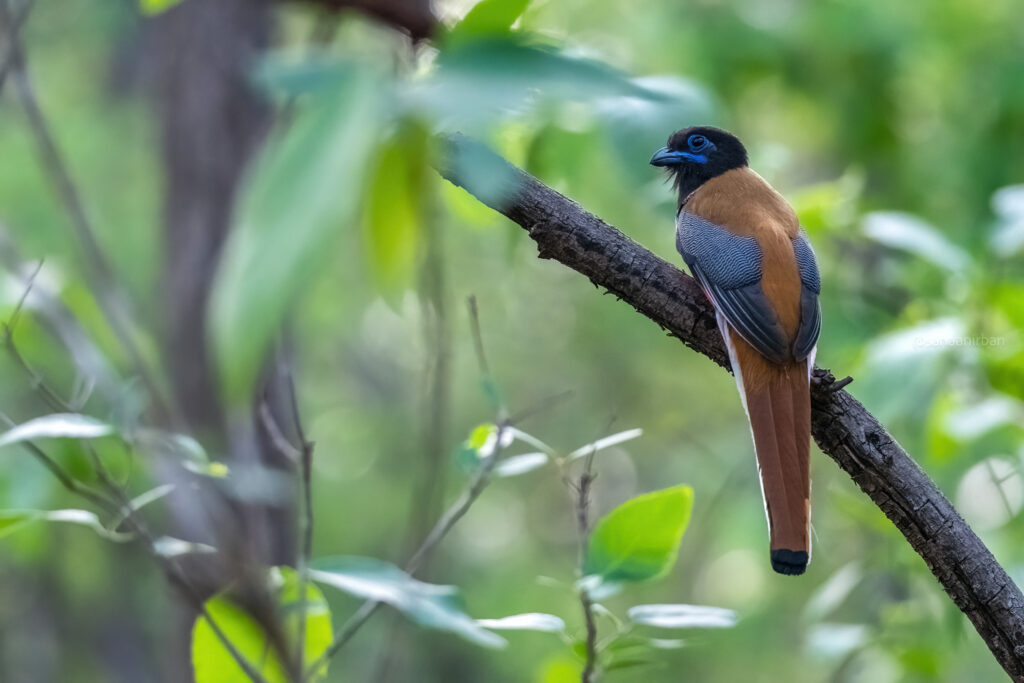
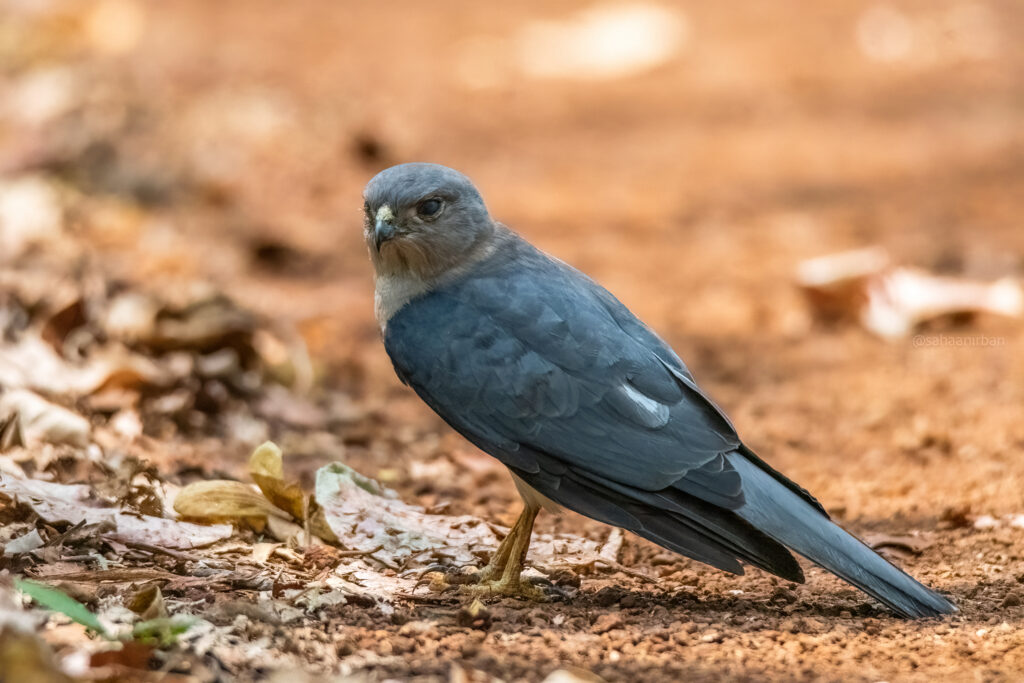
Personal feedback.
I had a lovely time on this trip. I expected it to be exceptionally hot, but it drizzled and then rained. The weather was soothing and we also got to see almost all the birds that we wanted to. It was lovely spending time with Souranil and his friends. This was my second trip to Odisha and I must admit that both, Bhitorkonika and Kuldiha and their nearby areas are very well managed. I plan to keep coming back to Odisha because of the birds and of course because Souranil lives here. But before I end this post, I want to iterate a couple of things just for the sake of amplifying.
- Please do not smoke inside the forest area. It is against the rules. Even in case, you decide to, please do not throw the filters irresponsibly.
- Please maintain as much silence as you can. Remain calm. Do not barge into a bird’s personal space.
- In case you see another group of photographers, be nice, and share your space and opportunities.
This post is not sponsored by the resort and I do this because I am happy with their services. Please also check out Souranil’s blog and his Instagram! I know this is not an informative blog post, but in case you find this post useful, do share it on your social media. Thank you.
